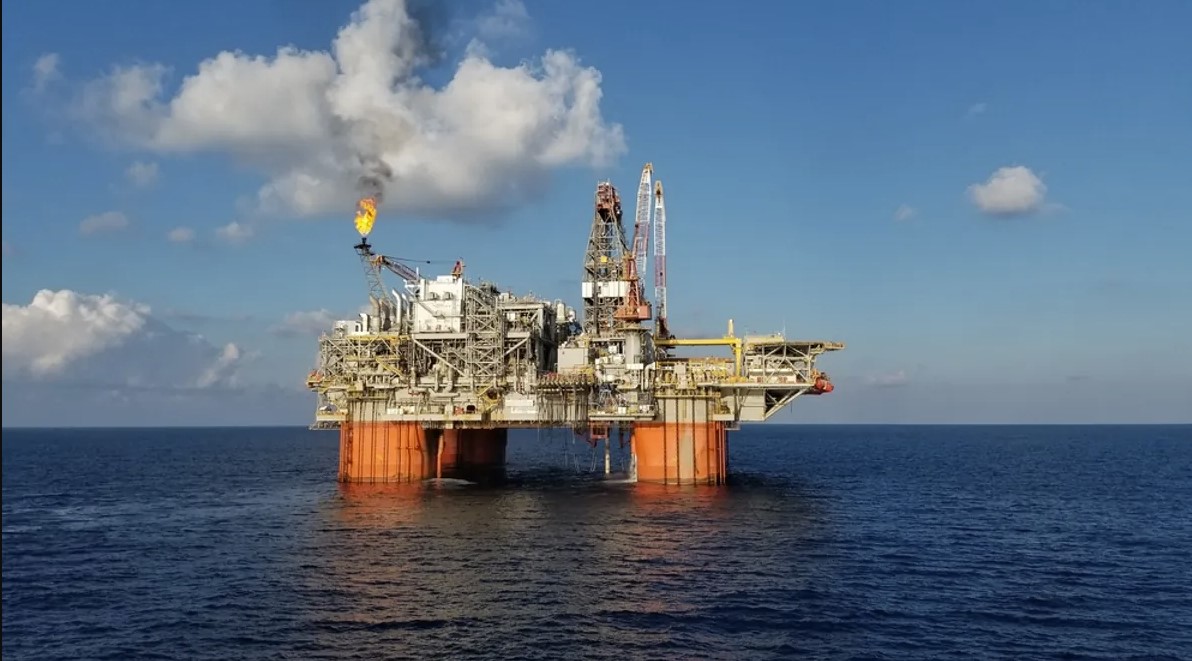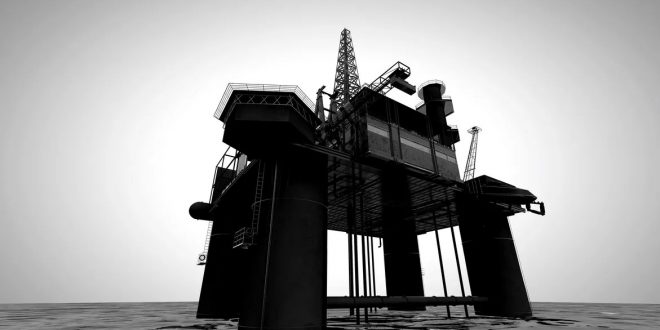You’ve come to the right place if, like us, you were captivated by the new Amazon Prime series The Rig but left with more questions than answers about how offshore oil drilling actually operates. Here, we break down what happens on an offshore oil rig. No infectious spookiness here.
Deep-sea mobile offshore drilling units (MODUs) will begin drilling into the Earth beneath the seafloor once an oil deposit has been discovered far beneath the surface of the ocean using geological survey and satellite imaging, and once the required permits have been obtained. Depending on the sea conditions and depth of the ocean floor, four main types of these MODUs can be used.
- A submersible or a barge MODU has steel posts on deck to support the drilling platform. These are most used at around 9-10.5 meters (30-35 feet) deep in calm waters, as the barge rests on the seafloor.
- A jackup is a rig on a floating barge. The rig is suspended or “jacked” above the hull of the boat. The legs extend down to the sea floor, but don’t usually penetrate it. This type of rig is used at around 160 meters (525 feet) deep.
- A drillship is a vessel that has a drilling rig on top and a hole in the hull that the drill goes straight through into the sea floor. They can operate at deep depths of up to 3.7 kilometers (12,000 feet).
- Semisubmersibles float on the surface, and some can be converted from drilling to production rigs once the oil is found. They can be secured using anchors and chains that can be controlled to account for drift.
A more durable structure known as a production rig is typically built on top of the initial well that the MODU dug to capture the oil. In some circumstances, the MODU will be changed from a drilling rig to a production rig for oil capture.
These rigs can be massive engineering marvels that are occasionally transported by boat thousands of miles to be installed at sea. Berkut, the largest offshore drilling platform in the world, is situated off the Pacific coast of Russia and weighs more than 200,000 tonnes.
Depending on the sea depth and weather, production rigs vary in size and technical features but generally perform the same basic functions.
Production rigs come in a variety of shapes and sizes. Some are fixed to the ocean floor using cables and anchors, while others use tall towers to support their weight. Modern production rigs may even have propellers under their pontoons so they can move to different locations. These rigs use dynamic positioning systems to maintain stability.
More than any skyscraper on Earth, the pipelines that descend from the top of the rig to the ocean floor can be several hundreds of meters tall. A flare stack, which is a flame that burns off waste gas gathered as the petroleum rises from the ocean floor, may also be present on production rigs. The crew who works on offshore rigs typically has access to helipads, living quarters, and lifeboats because they frequently spend weeks at a time away from home on the rig.

The drill bit is lowered through a steel pipe onto the ocean floor to begin the extraction process. Subsequently, narrower drill pipes are added one at a time to form a drill string that leads to the oil. To increase their stability, these pipes can be covered in cement or equipped with steel casings.
Before the rig can be transformed into a production rig, this drilling process may take many months or even years to complete. To raise and lower the drill pipe, rigs have a hoisting system. The flow of oil and gases rising through the Earth’s surface can be managed by safety measures, such as a blowout preventer, which is typically installed on top of the well on the ocean floor. Pumping systems are frequently employed to remove mud from the drill string or, later on, to assist in pressurizing the oil to flow upward.
Some oil rig platforms are dismantled and removed after they have served their intended purpose and are no longer profitable. The rigs-to-reef programs, which create artificial reefs for marine life, have, however, given some people a new focus.
 Tech Gadget Central Latest Tech News and Reviews
Tech Gadget Central Latest Tech News and Reviews




